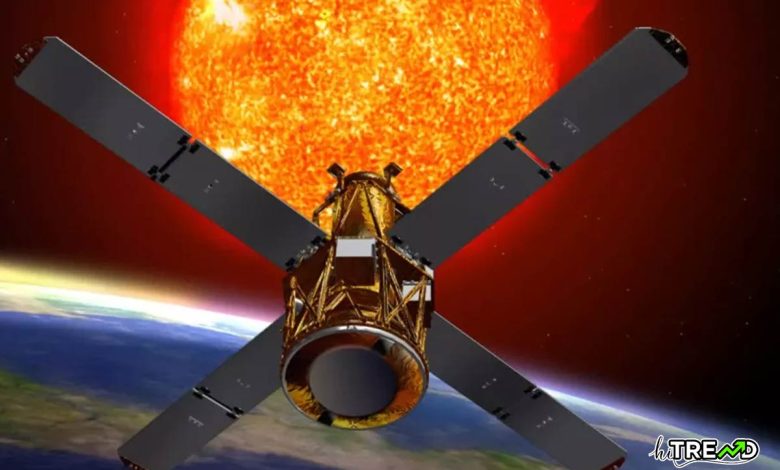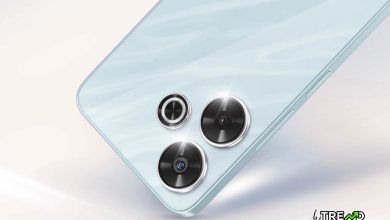Solar power at night: Startup plans to sell beamed sunlight using space mirrors

Highly anticipated: A California startup has come up with an innovative idea to supercharge solar farms – by bouncing sunlight onto them from space after the Sun goes down. Reflect Orbital plans to launch a constellation of mini satellites equipped with large reflective mirrors that can beam concentrated rays of sunlight to Earth whenever needed.Solar power at night: Startup plans to sell beamed sunlight using space mirrors
The company’s founder and CEO, Ben Nowack, recently outlined the ambitious plan at a space energy conference in London. His vision involves a network of 57 small satellites in a sun-synchronous polar orbit, approximately 370 miles above Earth.
You can read more Technology articles
Each satellite would be relatively small, weighing just 35 pounds. However, once in orbit, they would deploy a large 33- x 33-foot mirrored sail made of insulating plastic called mylar. The satellites could then steer and focus their reflected light beams to provide solar farm operators with a power boost whenever needed. These satellites would be highly reliable, passing over the same spot on Earth at the same time each day and completing two orbits around the globe every 24 hours.
“The problem is that solar energy is not available when we actually want it,” Nowack said at the conference. “The more solar farms we build, the less people actually want it during the day. It would be really great if we could get some solar energy before the sun rises and after sunset, because then you could actually charge higher prices and make a lot more money.”Solar power at night: Startup plans to sell beamed sunlight using space mirrors
The theory appears sound. Last year, the company tested the concept by floating the mirror technology on a hot air balloon 1.7 miles above a solar farm. The test reportedly generated about 500 watts per square meter of solar panel.
You can read more Technology articles
In the last decade, solar costs have plummeted by over 90 percent, while panel efficiency has soared, thanks to technological innovations. According to recent data from the Energy Information Administration, solar power accounted for an impressive 60 percent of the 20.2 gigawatts of total electric capacity added in the first half of 2024.
However, the persistent issue remains intermittency. Solar energy only produces about 25 percent of its rated capacity over a year in the US. This forces grids to rely on other power sources when the Sun isn’t shining or when it’s cloudy.
If successful, Nowack says the mirrors could extend daylight for solar power plants by an additional 30 minutes, reducing the strain during peak demand times.
Nowack also envisions making the process of requesting sunlight simple: “Log into a website, provide your GPS coordinates, and we’ll get you some sunlight after dark.”
Not everyone is enthusiastic about the sun-beaming satellites, though. At the same conference, an astronomer warned that unless carefully designed, these orbiting reflectors could appear far brighter than stars and exacerbate the growing problem of satellite light pollution for observatories.
We’ll find out soon enough if this is a real concern. Reflect Orbital has secured funding to launch its first prototype satellite mirror as early as 2025.
Follow HiTrend on X





